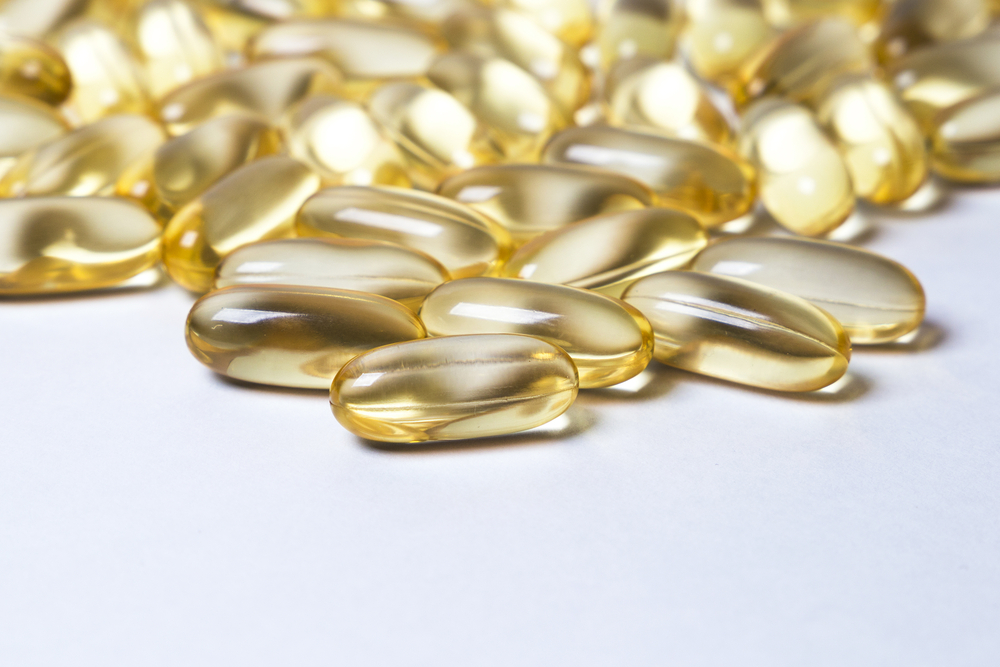
Creatine – Everything You Need To Know
Creatine is a molecule found in the body that consists of the amino acids arginine, methionine and glycine. Creatine can also be found in foods such as meat, fish and eggs. Quite possibly the most-researched sports supplement, it is used by athletes along with regular Joes, and its properties are extensive.
The role of creatine
 Creatine‘s role is in significantly raising levels of the energy system ‘creatine phosphate’. This has the knock-on effect of boosting adenosine triphosphate (ATP) – the primary source of cellular energy for the body. Don’t let the tricky terms confuse things – what this means for your muscle cells is greater strength. The effects are not merely limited to muscular cells however; neurological and cardiovascular benefits are also experienced.
Creatine‘s role is in significantly raising levels of the energy system ‘creatine phosphate’. This has the knock-on effect of boosting adenosine triphosphate (ATP) – the primary source of cellular energy for the body. Don’t let the tricky terms confuse things – what this means for your muscle cells is greater strength. The effects are not merely limited to muscular cells however; neurological and cardiovascular benefits are also experienced.
Benefits of creatine use
Power and size:
The positive impact of creatine on strength is well documented in research. The Medical College of Wisconsin combined findings from 16 independent studies and found that, combined with resistance training, the supplement could significantly boost strength. Averaged across all studies, those using creatine managed to add 6.85kg to their bench press 1RM (one repetition max) and 9.76kg to their squat 1RM. The same increases were not observed among those trialling a placebo. Creatine increases muscle water content in order to increase strength, this therefore boosts muscle size and growth as the cell volume is greater.
Cardiovascular health:
Creatine can protect your heart. It has been shown to provide energy for the body’s cardiovascular system, in particular during periods of stress when oxygen supply is limited. This may be useful for those who compete in endurance and high-altitude events, so you don’t have to only be a strength and power athlete to see results. When considering cholesterol, in particular the harmful kind (LDL), Texas Woman’s University discovered that creatine monohydrate, taken for a minimum two-month period, was shown to lower LDL levels by up to 22%. This same study found that creatine supplementation can reduce levels of harmful triglycerides (fatty substances in the blood) by a similar percentage. Your blood sugar levels can also be reduced by creatine, the University of Sao Paulo found that in both sedentary and active people, maintaining creatine use across a three-month period resulted in a lowering of blood glucose by 11-22% on average.
Treating brain injury and depression:
In people who have suffered brain trauma, creatine can serve a healthy purpose. The damage to brain cells occurs alongside a lowering of ATP, which creatine can boost. The University of Kentucky showed that using creatine can prevent the degeneration of mitochondria, due to its impact on raising ATP levels. Mitochondria provide the brain with sufficient energy needed for sending neuromuscular impulses around the body – this will help you not only in critical thinking, but in performing exercise correctly and optimally. Similarly, when considering depression, low levels of adenonsine triphosphate (ATP) is a physiological sign of the condition. Creatine forms the grounding for ATP so supplementation can be very beneficial. The Federal University of Santa Catarina found that neurotransmitters such as dopamine and serotonin, key to mental wellbeing, can also be protected by creatine.
How do I take creatine?
Many manufacturers and athletes who use creatine adopt a ‘loading’ phase, where a dose of between 10-20g is taken for a 5-7 day period. This would then be followed by a maintenance phase, with a lower dose of around 5g then taken across the following weeks. You don’t necessarily need to load creatine in this way however. A loading phase may result in a quicker saturation of muscle cells; so if you are strapped for time in the run-up to an event then this method can work. The same benefits will still be found if you take an average dose of creatine, for instance 5g across the weeks/months of training. Cycling of creatine is not necassarily needed.
Side-effects of creatine?
The only side-effects that have been significantly observed in controlled studies concern stomach upset. This is only likely to occur when creatine is taken in doses that far exceed manufacturers’ recommendations. Ideally, these should be adhered to, and servings should be evenly spread throughout the day and week.
Creatine has attracted reports in the media wrongly associating it with differing forms of cancer. None of these reports stand up to scientific rigour. Since there is no evidence suggesting that creatine directly causes cancer, any link or correlation would have to come from outside factors. Numerous studies, including ones undertaken by the University of Kurdistan and Eberhard Karls University, show creatine can actually protect cells from degeneration and damage – a typical sign of cancer.
What form of creatine should I use?
Nowadays there are many different kinds of creatine on the market, for example creatine ethyl ester and creatine hydrochloride (HCL). Companies that sell these specific supplements may laud them as apparently more soluble than creatine monohydrate – but there is very little evidence to support such claims. Monohydrate should be your go-to creatine variant since it is the type that the vast majority of research is based on. When purchasing creatine monohydrate, it is best to opt for the ‘Creapure‘ (registered trademark) kind. This particular brand has been trialled through the bulk of controlled studies and is renowned for its quality.






No Comments yet!